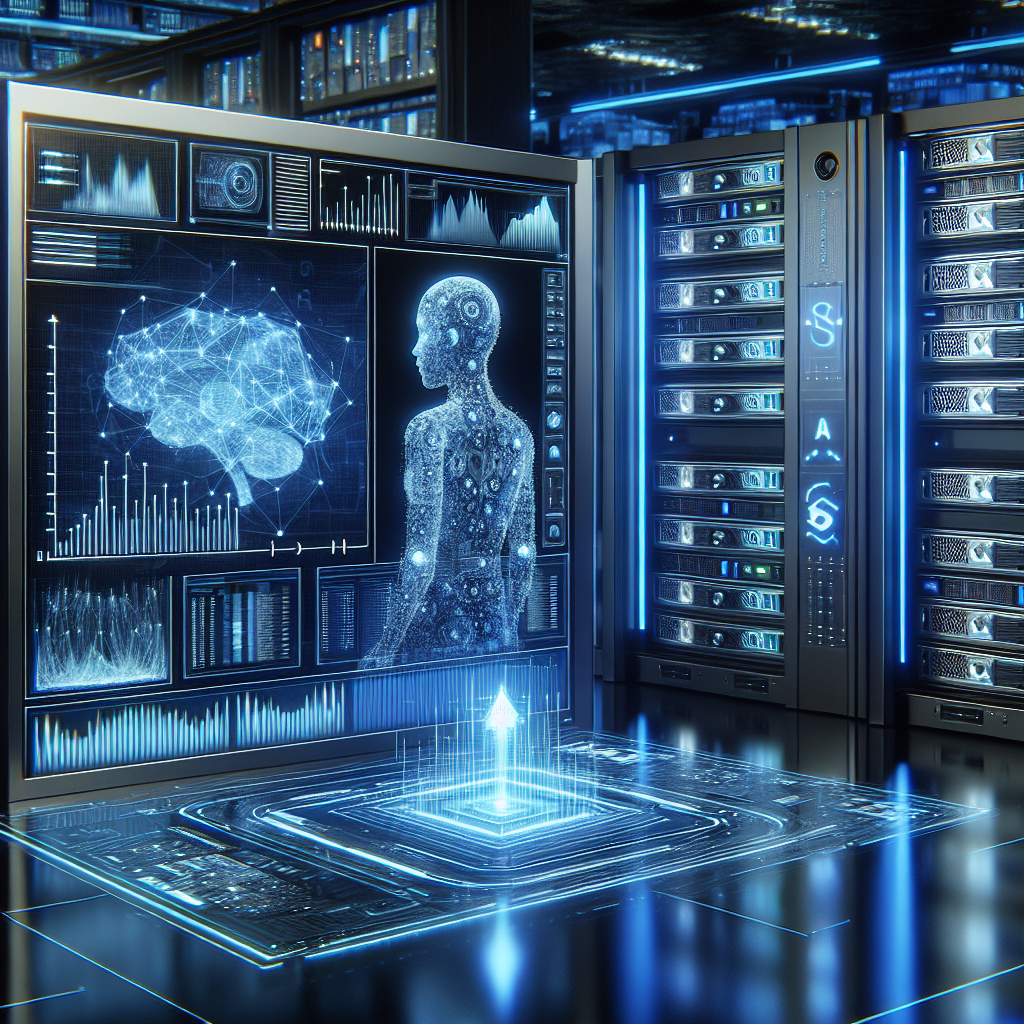In recent years, the field of predictive analytics has seen a significant evolution with the introduction of generative artificial intelligence (AI) models. These models have the ability to generate new data points based on patterns and relationships in existing data, making them invaluable tools for businesses looking to make accurate predictions and informed decisions.
Generative AI works by training a model on a dataset to learn the underlying patterns and relationships within the data. Once trained, the model can generate new data points that are consistent with the patterns it has learned. This can be particularly useful in predictive analytics, where businesses can use generative AI to generate new data points for analysis, allowing them to make more accurate predictions about future outcomes.
There are several ways in which businesses can leverage generative AI for predictive analytics. One of the most common applications is in the field of fraud detection. By training a generative AI model on a dataset of known fraudulent transactions, businesses can use the model to generate new data points that represent potential fraudulent activity. This can help businesses identify and prevent fraud before it occurs, saving them time and money.
Generative AI can also be used in predictive maintenance, where businesses can use the model to generate new data points that indicate when a piece of equipment is likely to fail. By analyzing these data points, businesses can schedule maintenance proactively, saving them money on costly repairs and downtime.
Another application of generative AI in predictive analytics is in customer segmentation. By training a generative AI model on a dataset of customer behavior, businesses can generate new data points that represent different segments of their customer base. This can help businesses tailor their marketing and sales strategies to better target specific customer segments, leading to increased sales and customer satisfaction.
Overall, generative AI has the potential to revolutionize the field of predictive analytics, providing businesses with powerful tools to make more accurate predictions and informed decisions. By leveraging generative AI, businesses can gain a competitive edge in their industry and drive success in an increasingly data-driven world.
FAQs
Q: How does generative AI differ from traditional predictive analytics models?
A: Traditional predictive analytics models rely on historical data to make predictions about future outcomes. Generative AI, on the other hand, has the ability to generate new data points based on patterns in existing data, allowing businesses to make more accurate predictions and informed decisions.
Q: What are some common applications of generative AI in predictive analytics?
A: Some common applications of generative AI in predictive analytics include fraud detection, predictive maintenance, and customer segmentation. These applications can help businesses make more accurate predictions and improve their decision-making processes.
Q: How can businesses leverage generative AI for predictive analytics?
A: Businesses can leverage generative AI for predictive analytics by training a model on a dataset of interest and using the model to generate new data points for analysis. By analyzing these generated data points, businesses can make more accurate predictions and informed decisions.
Q: What are the benefits of using generative AI for predictive analytics?
A: The benefits of using generative AI for predictive analytics include more accurate predictions, improved decision-making processes, and a competitive edge in the marketplace. Generative AI can help businesses identify patterns and relationships in their data that traditional models may miss, leading to better outcomes and increased success.

